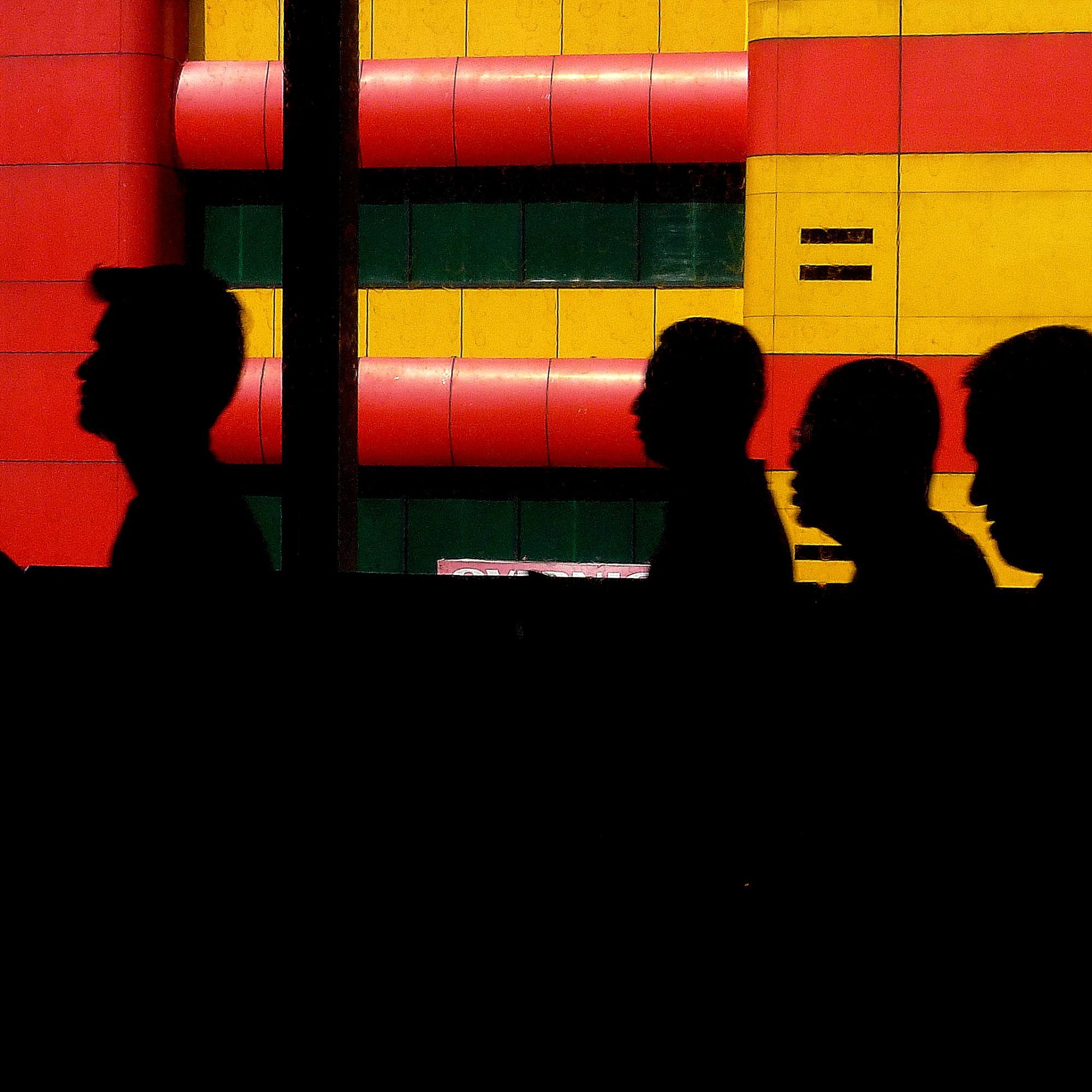Imagine strolling down the quaint streets of your local town, camera swaying gently against your hip. The golden hue of the setting sun weaves through the cobblestones, the perfect backdrop for a spontaneous photoshoot. You spot an elderly woman, her wrinkled face etched with countless stories, and a grinning child with ice cream smeared on his cheeks. You’re about to press the shutter when you pause. Have you ever thought about the ethical dilemmas that might arise from capturing these candid images?
Yes, we’re diving into the deep end of photography ethics today. It’s not all about f-stops and ISO settings in this field. A significant part of being a photographer, amateur or professional, is understanding and respecting the boundaries of your subjects. This becomes especially crucial when discussing paparazzi, renowned for their intrusive practices in the realm of celebrity photography. Some view them as pioneers, unafraid to venture into private territories for that million-dollar shot. But others label them as invaders, tarnishing the integrity of photography with their relentless intrusion. So where do we draw the line?
Let’s begin with a surprising fact: according to a study, a staggering 90% of celebrities believe that paparazzi have invaded their privacy at some point. This statistic alone underscores the ethical quandaries of photography. As photographers, where do our artistic liberties end and invasion of privacy begins?
I remember a heated argument I once had with a fellow photographer about the infamous photos without context. He argued that the audience’s interpretation is what makes a photo captivating. I disagreed, believing that misinterpretation can lead to unnecessary controversies. It was an eye-opening experience that made me question the unspoken rules of our craft.
Our discussion brings us to one of the primary ethical pillars in photography: consent. You may have heard the saying, ‘It’s easier to ask for forgiveness than to ask for permission.’ However, that doesn’t really fly in the world of photography. Snapping someone’s photo without their permission, especially in a situation where they have a reasonable expectation of privacy, is not just ethically questionable; it can also be illegal. Celebrities, despite their public status, are no exception to this rule.
‘But aren’t they signing up for this when they choose the life of fame?’ one might ask. Well, it’s not that simple. Even public figures have a right to privacy, and crossing that line can lead to harmful consequences. Remember Princess Diana’s tragic demise, a horrifying example of paparazzi intrusion gone wrong? It’s a line we need to tread carefully.
Switching gears, let’s talk about the other side of the coin: photo manipulation. While it’s not direct invasion, excessive editing can distort the truth and lead to misinformation. Remember the debate around the infamous ‘dove evolution’ ad? The extreme transformation of the model through airbrushing and photo-editing software sparked widespread controversy about unrealistic beauty standards and disingenuous representation.
So, where does this leave us? Are we, as photographers, destined to be trapped within the confines of ethics forever, unable to freely express our creativity? Not exactly. Recognizing these ethical considerations doesn’t limit our creativity – it merely guides it. It’s about striking a balance. The key lies in understanding that photography, like any other art form, carries a responsibility. Our lenses have the power to change perspectives, to inspire, to stir emotions, and sometimes, to invade.
It’s crucial to question our intentions before pressing the shutter. Are we seeking to enlighten others through our work or merely feeding the voyeuristic tendencies of our viewers? Using someone’s image without consent, distorting reality through excessive editing, invading one’s privacy – these practices are not just unethical, they’re a disservice to our craft.
In conclusion, the debate around photography ethics is much like the process of developing a photo in a darkroom: it’s complex, requires patience, and there’s no one-size-fits-all solution. But one thing’s for sure – respect for our subjects and truth in our work will never go out of focus. What do you think – is it time we redefine the ethical boundaries of our craft?


0 Comment